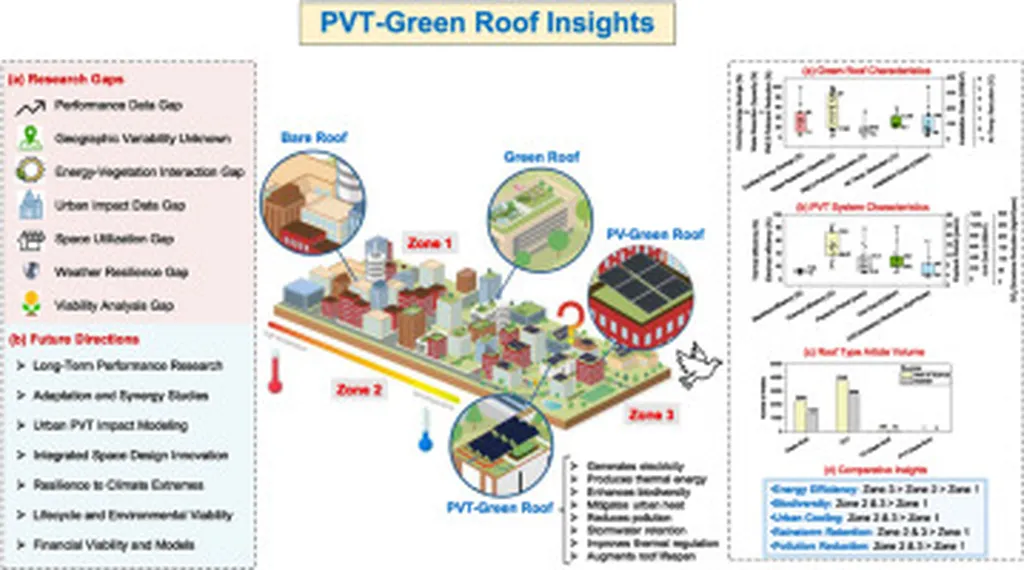In the rapidly evolving energy sector, the integration of renewable energy sources, grid infrastructure, and flexible demand—collectively known as source-grid-load interaction—has become a cornerstone for building a more resilient and efficient power system. A recent study published in *Power Engineering and Technology* offers a novel approach to fine-tune this interaction, potentially revolutionizing how power systems are managed and optimized.
The research, led by Yongjie Zhong of Nanjing SAC Power Grid Automation Co., Ltd., introduces a precision regulation method that considers both power node sensitivity and the sensitivity of adjustable resources. This method aims to enhance the regulation capability and efficiency of new power systems, ensuring their reliable operation.
At the heart of this study is a double-layer sensitivity analysis method. The first layer focuses on the power grid side, analyzing power branch sensitivity to generate a power branch sensitivity matrix. The second layer delves into the adjustable resources aggregated under each power node, quantifying and ranking their regulation sensitivity. This layered approach allows for precise identification of high-sensitivity power nodes and resources, enabling more effective grid management.
“Our method provides a structured way to prioritize and regulate resources based on their sensitivity,” Zhong explains. “This not only improves the grid’s ability to handle fluctuations but also ensures that resources are used most efficiently.”
The practical implications of this research are significant. By accurately selecting high-sensitivity power nodes and effectively sorting adjustable resources, the proposed method can address the diverse application needs of power grids, including line overload scenarios. This precision regulation can lead to cost savings, improved grid stability, and enhanced reliability, all of which are critical for the energy sector’s commercial viability.
The study’s findings were validated through a case study involving a power system, demonstrating the effectiveness and rationality of the proposed model and method. The results indicate that the precision regulation method can accurately select high-sensitivity power nodes and effectively sort high-sensitivity adjustable resources, meeting the multiple scenarios application needs of power grids.
As the energy sector continues to evolve, the integration of renewable energy sources and the need for flexible demand management will only grow. Zhong’s research offers a promising path forward, providing a framework that could shape future developments in power system management. By leveraging the insights from this study, energy providers and grid operators can look forward to a more efficient, reliable, and cost-effective energy landscape.
The research was published in *Power Engineering and Technology*, a leading journal in the field, underscoring its relevance and potential impact on the energy sector. As the industry continues to grapple with the challenges of integrating renewable energy and managing demand, Zhong’s work offers a beacon of innovation and practical solutions.

